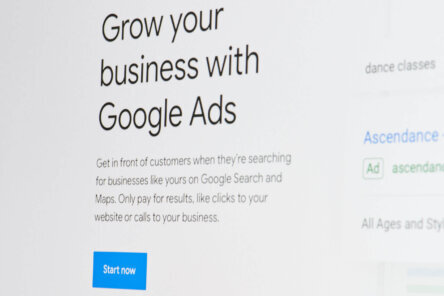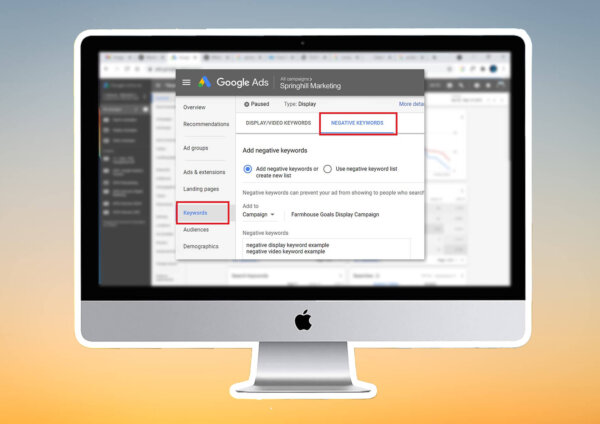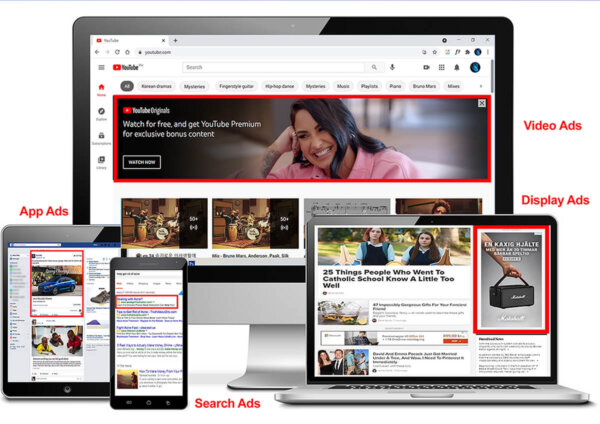How to Maintain a High-Performing PPC Campaign
If you have been using pay-per-click (PPC) advertising to find potential clients and customers, then you know how effective it is at helping you expand your reach despite having a limited budget. As more people consider the Internet as their primary source of information, deploying PPC ads indeed allows you to position yourself where your prospects can easily see you.
But what if the performance of your PPC campaign suddenly hits a plateau? What if you’re not happy with the results you’re receiving? If this happens to you, don’t fret. With the help of PPC experts like us here at Springhill Marketing, you can implement specific strategies to ensure that your PPC ads continue their upward climb.
Tips for Maintaining Top-Performing PPC Campaigns
Whether your PPC campaigns have suddenly hit a snag or you want to improve their current performance, here are a few tips you should consider.
1. Consider adding “negative keywords” to your campaign
Negative keywords are keywords that you can remove from your campaign. When a user utilises one of these keywords in their search queries, your ads won’t show up on the search result page.
To help you better understand how negative keywords work, take a look at this table as an example:
| Keywords | Your ad shows up on search results? |
| Red basketball shoes | Yes |
| Tennis gear | Yes |
| Blue tennis shoes | No |
| Tennis shoes | No |
When a user types in the above keywords in their search queries, your ads will show up for the first two, but not for the last pair of key phrases. This will help you avoid users who are searching for products that are similar to yours, but you don’t offer. At the same time, it prevents your ads from showing up unnecessarily on Google, thus, helping you minimise your expenses.
2. Monitor your conversion rates vs sales
When monitoring your PPC ads’ performance, you should know which keywords, audiences, and ad placements are helping you generate income. Otherwise, knowing where you should focus your efforts and which specific parts of your campaign require adjustments can be difficult.
You can do this by using Google’s ValueTrack parameters, which enable you to track information within URLs when your prospects take your desired conversion action. This allows you to identify the landing page a specific conversion originated from, the location of the visitor who made the conversion, and the keywords they used to trigger your PPC ads. By having access to these valuable pieces of information, you can step up your strategies and be more aggressive when bidding on specific keywords, audiences, or ad placements.
3. Identify the PPC channels your prospects are using
There are four ad types you can utilise in your PPC campaign. They are:
- Display ads
They are banner ads that can show up anywhere on Google, including Gmail, Youtube, and other domains within the search giant’s Display Network.
- Search ads
These are the ads that are often associated with PPC campaigns. They show up as a hyperlinked search result when users use the keywords you’re targeting in their search queries.
- App ads
These ads are made specifically for those who want to promote applications they created on Google Play.
- Video ads
These ads appear mainly on YouTube and other partner platforms of Google. They appear before, during, or after a video geared towards the same type of audience you’re targeting.
Each prospect has a different level of conversion/buyer intent depending on the type of ads they have clicked. For example, those who arrived in your landing page via display ads are often less likely to make a conversion. On the other hand, those who came from search ads are more likely to convert.
If you’re using more than one ad type in your PPC campaign, you should identify the specific channels your prospects are using to reach your landing page. This can be very helpful when crafting or improving your calls to action (CTA). Always keep in mind that a small adjustment to your CTAs can make a significant difference to your conversion rates.
4. Break down larger PPC conversions into smaller ones
When it comes to running PPC campaigns, the more detail-oriented you are, the bigger the chance your campaigns will succeed. That being said, you can break down more significant conversions into smaller ones by using micro PPC conversions. This tactic will make it easier for you to determine which part of your campaign discourages visitors from converting.
Let’s say that you’ve recently launched a new Google Ads campaign. However, you still have yet to earn a conversion after a week of running the ads. If you knew that, for instance, your prospects are spending about four seconds on your site or landing page, then there might be a problem with your ad targeting. Instead of adjusting the ad or the landing page, you should consider modifying your audience targeting strategy.
By keeping track of your micro-conversions, you can pinpoint where exactly the problem with your campaign is. This can help identify the issues and create the necessary solutions to ensure that your PPC ads are converting as they should.
Keep a Close Eye on Your PPC Ads
The secret to a successful pay-per-click campaign is constant monitoring and adjustment. By keeping track of your ads’ performance and making the necessary tweaks along the way, you can prevent your conversion rates from becoming stagnant. As such, follow the tips discussed above so you can maintain top-performing PPC campaigns.
Don’t have the time to look after your PPC ads’ performance? We can help. At Springhill Marketing, we have a team of PPC marketing experts who can monitor your campaigns and make the necessary adjustments to help you achieve your goals. Contact us today.
Drive Your Business Towards The Best Results.
Talk to us about how we can help.














